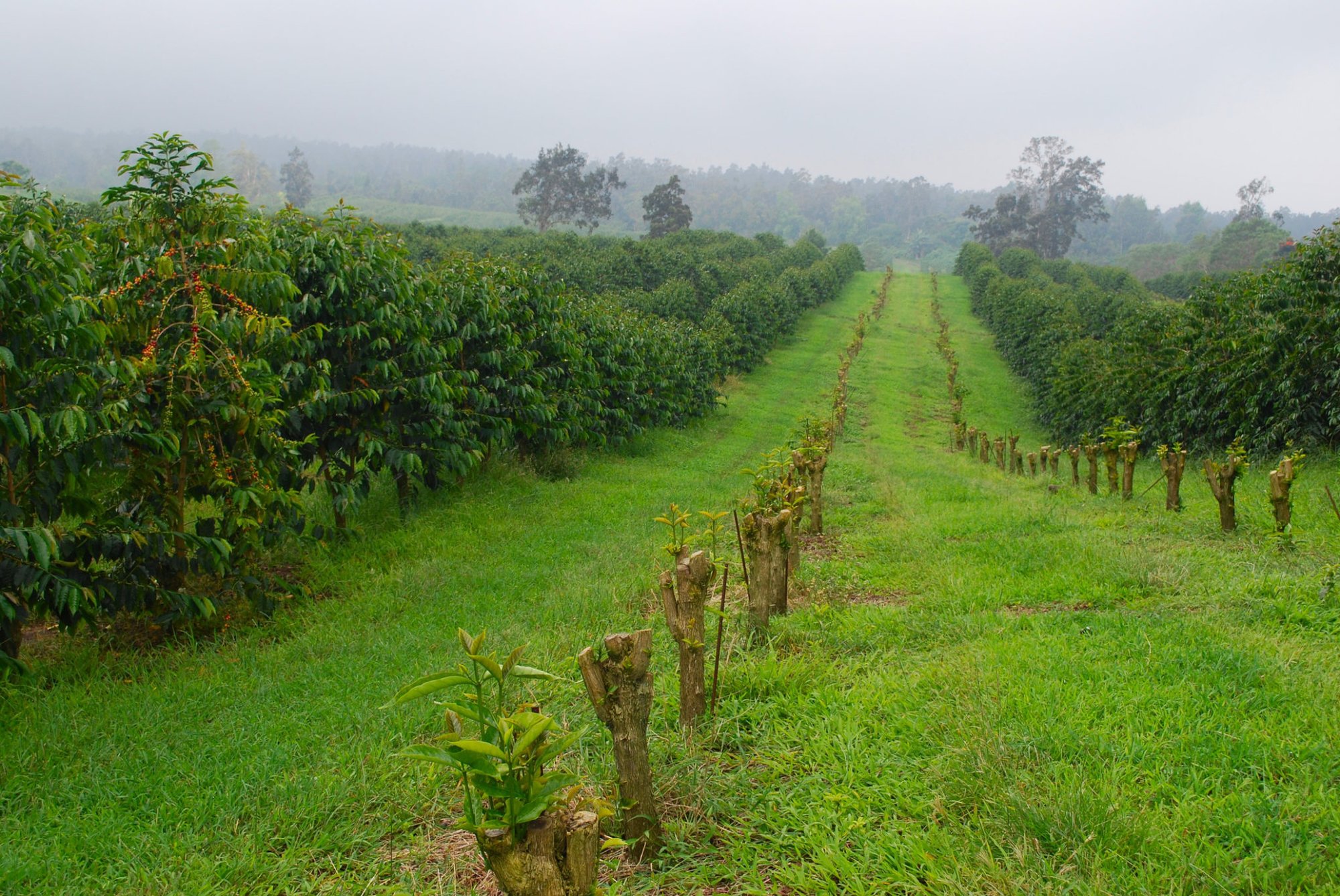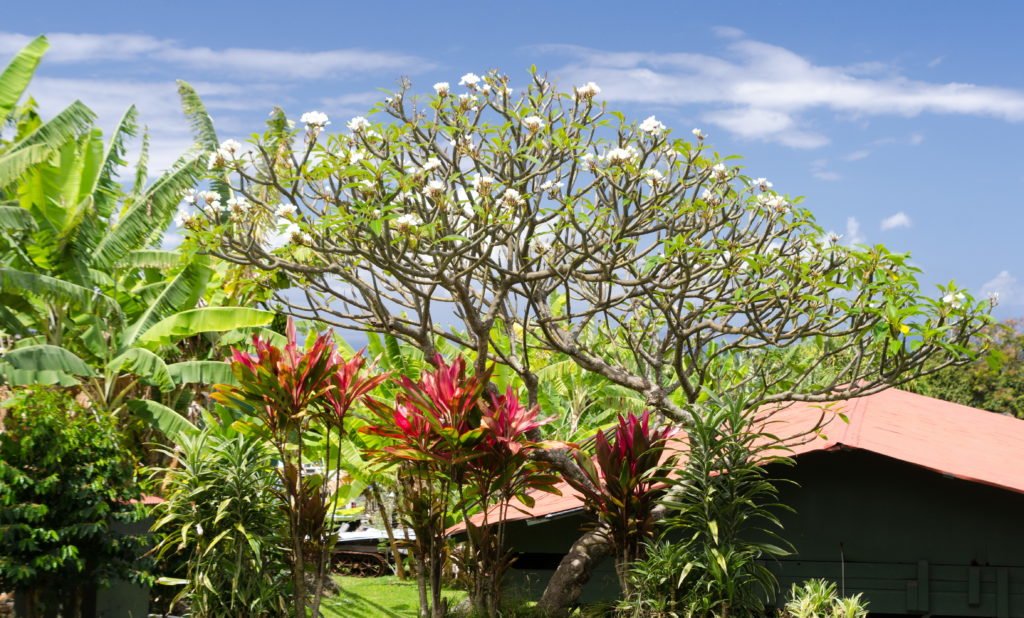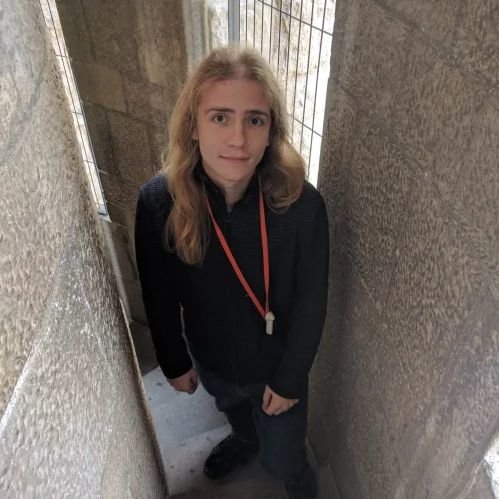
The King Kona coffee plantations. Located in Kona, on the Big Island of Hawaii- Home of some of the best beans on earth!
Ask any coffee aficionado about Kona Coffee and they will be quick to tell you about its tropical origins on the Big Island of Hawaii.
They might mention something about the volcanic soil it is grown in — rich in nutrients produced by Mauna Loa, long believed to be the world’s largest volcano. Or perhaps they will mention the favorable growing conditions on the gentle slopes of the Hualālai shield volcano, where frequent rains and mild tropical temperatures make for ideal growing conditions.
But one fact that is often overlooked is the question of just how much of your average cup of “Kona” coffee is actually grown in Kona.

The Real Kona Coffee Experience
Despite being called the Big Island, the island from which Kona coffee hails is actually quite limited in space.
Combined with the fact that these world-famous beans are produced in the Kona Coffee Belt, which accounts for a small fraction of the Big Island, and it’s easy to see why Kona coffee is rare, despite its popularity.
Yet because Kona coffee is so well-known, many vendors have found themselves desperate to have a product of their own that can be labeled Kona coffee. This has led to a number of “blends” appearing on the market — coffee that contains only a fraction of true Kona coffee.
In order to protect the business of Kona coffee farms and vendors, the state of Hawaii has enacted laws that protect legitimate Kona coffee vendors and strictly regulate the labeling of Kona coffee products.
Under these laws, any product containing less than 100 percent Kona coffee must be labeled as a blend and have the percentages of the blend clearly advertised on the package.
But even under these strict regulations, vendors are still allowed to sell Kona coffee blends that contain as little as 10 percent authentic Kona coffee. The remaining 90 percent is often comprised of cheap beans imported from various common locations.
Although some of these blends can produce a good cup of coffee, it’s worth understanding how much of what you’re drinking is legitimately Kona.
Is Kona Coffee Better Coffee?
The ideal growing conditions and limited area in which Kona coffee is produced is one factor to consider, but what makes these beans so in-demand is the unique care they receive during growing and harvesting.

The rough volcanic terrain necessitates that Kona coffee beans be picked by hand. Machine harvesting is nearly impossible in the steep and rocky slopes, and Hawaii’s regulations for Kona coffee growers mandate that Kona coffee be harvested by hand.
This allows growers an intimate connection with their plants and their harvest. It also forces them to pay close attention to the coffee beans and hand-select only the finest specimens during the harvest.
With Kona coffee farms being quite small (the average size is approximately 5 acres) growers get a chance to understand their crop and their product on a level that massive coffee farms would be hard-pressed to match.
Does all of this intimacy between grower and harvest create a better cup of coffee?
For the countless fans of Kona coffee around the world, the answer seems to be a resounding yes.

BRCC and Bad Moon Print Press team up for an exclusive, limited-edition T-shirt design!
BRCC partners with Team Room Design for an exclusive T-shirt release!
Thirty Seconds Out has partnered with BRCC for an exclusive shirt design invoking the God of Winter.
Lucas O'Hara of Grizzly Forge has teamed up with BRCC for a badass, exclusive Shirt Club T-shirt design featuring his most popular knife and tiomahawk.
Coffee or Die sits down with one of the graphic designers behind Black Rifle Coffee's signature look and vibe.
Biden will award the Medal of Honor to a Vietnam War Army helicopter pilot who risked his life to save a reconnaissance team from almost certain death.
Ever wonder how much Jack Mandaville would f*ck sh*t up if he went back in time? The American Revolution didn't even see him coming.
A nearly 200-year-old West Point time capsule that at first appeared to yield little more than dust contains hidden treasure, the US Military Academy said.












